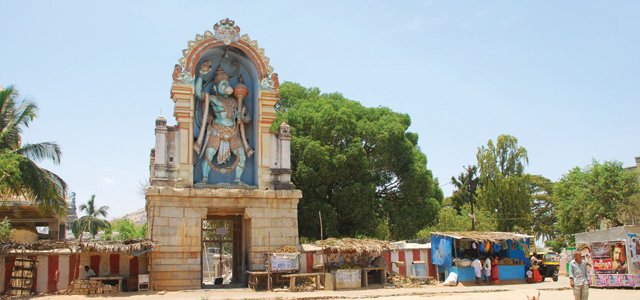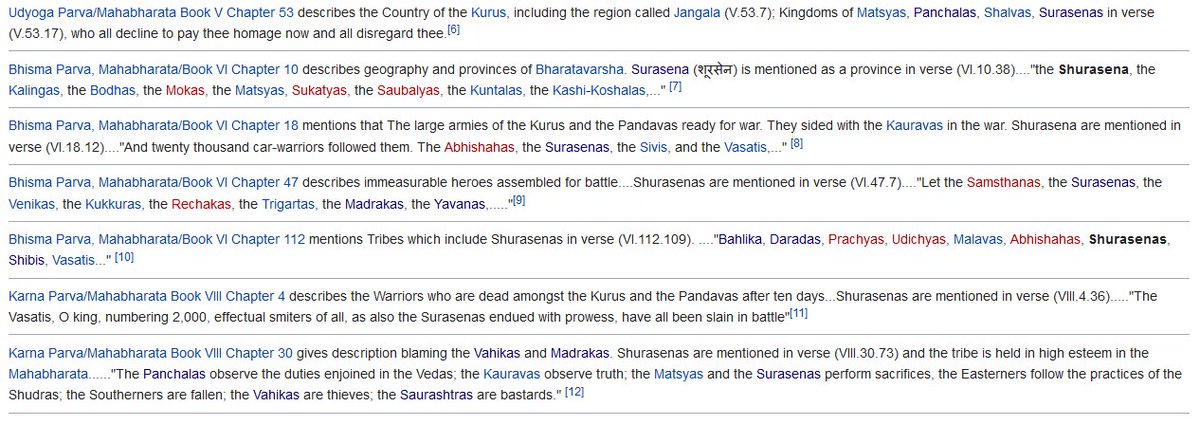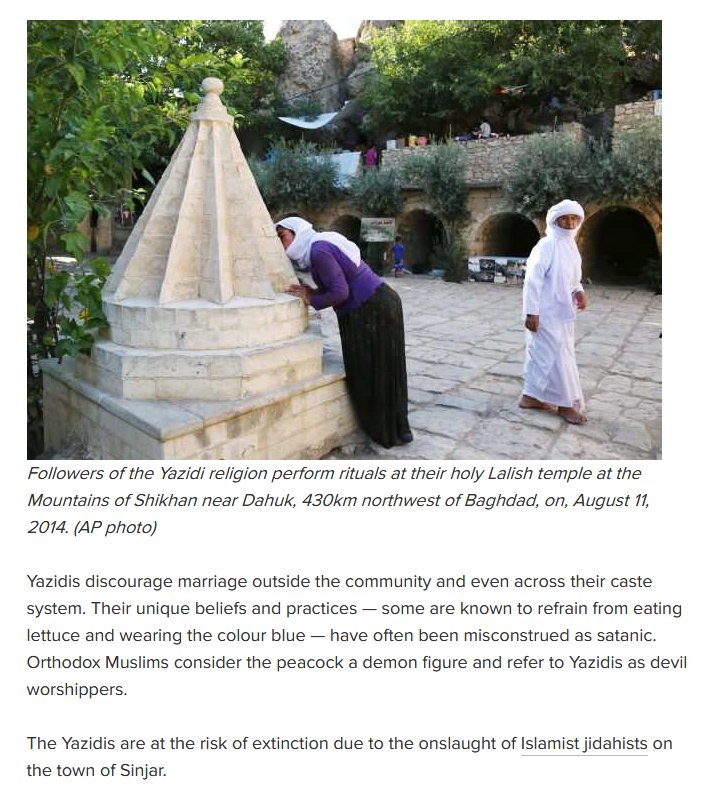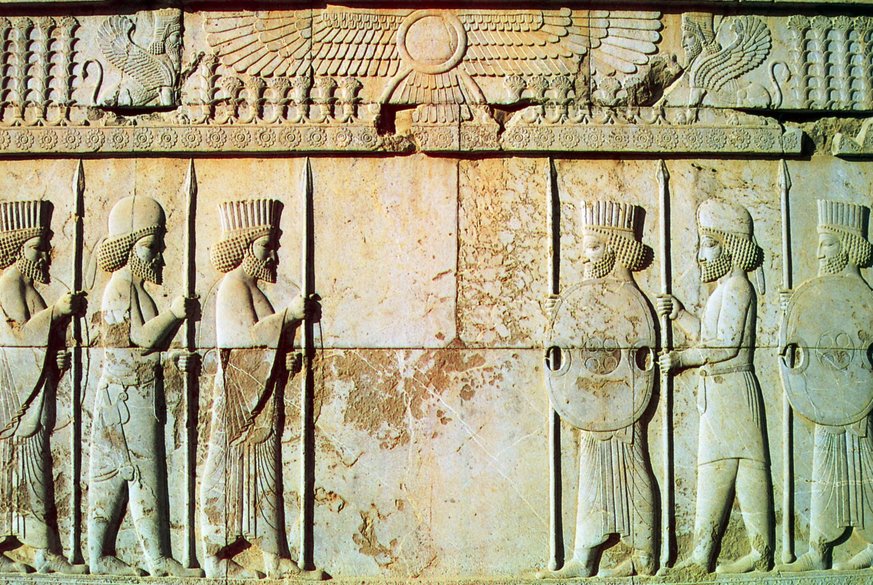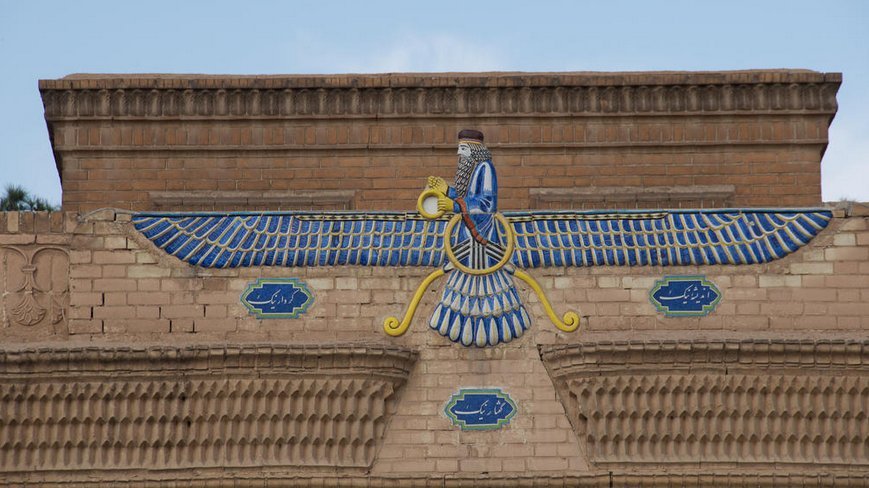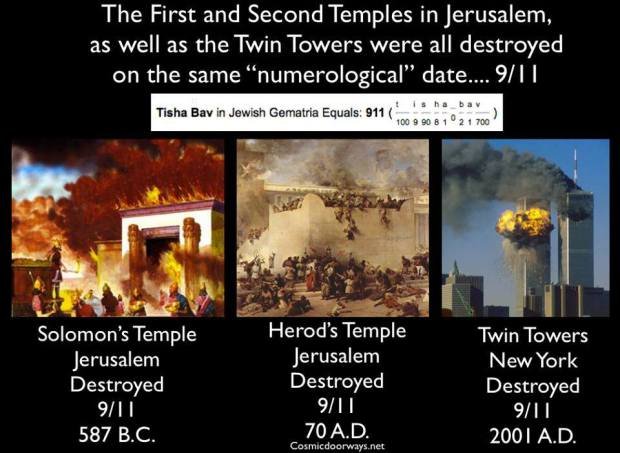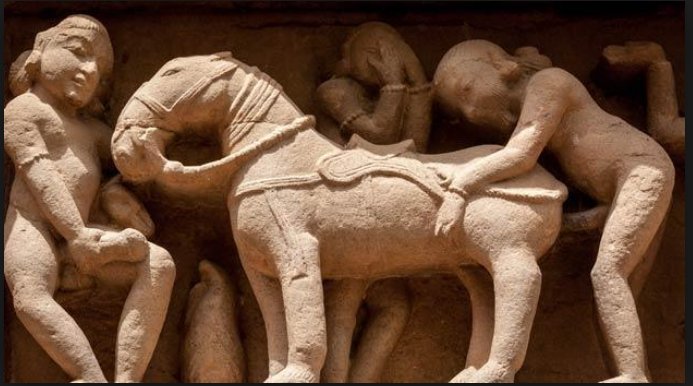1/ Manu (The progenitor of Humankind)
All different races of Mankind are derived from Manu and Shradha. The current Manu is Vaivasvata Manu.
All different races of Mankind are derived from Manu and Shradha. The current Manu is Vaivasvata Manu.
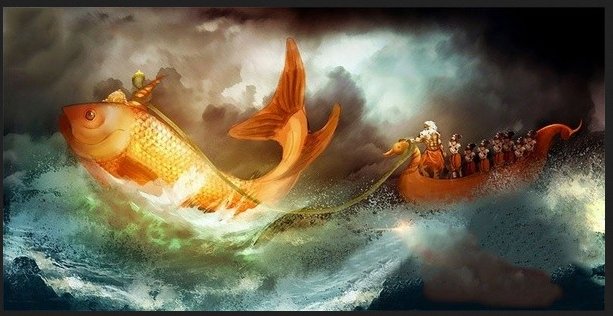
2/ The word Manu literary means man but it is a title given to the progenitor of mankind. According to Hindu Puranas there are many kalpas (One day of Lord Brahma the creator) and each Kalpa has 14 manvantara and each manvatara has one manu. So basically each Kalpa has 14 Manus.
• • •
Missing some Tweet in this thread? You can try to
force a refresh



